Durante años hemos dependido de los aparatos eléctricos, pero la mayoría de nosotros desconocemos sus efectos nocivos para la salud.
Una batería de iones de litio promedio pierde alrededor del 20 % de su capacidad inicial después de un año de uso. Antes de gastar dinero en una nueva, una simple revisión de su estado le proporcionará toda la información necesaria.
El proceso para comprobar una batería de iones de litio es sencillo, y con la herramienta adecuada, se puede obtener una idea clara de su estado en cuestión de minutos.
Tabla de contenido
- Cómo elegir el multímetro adecuado
- Cómo probar su batería de iones de litio: una guía paso a paso
- ¿Qué significan los números?
- ¿En qué se diferencian las pruebas para otros tipos de baterías?
- Los guardianes de tus baterías de iones de litio: carga inteligente y manejo seguro
Cómo elegir el multímetro adecuado
Antes de realizar cualquier prueba en baterías de iones de litio, necesitas la herramienta adecuada. Veamos cómo elegir un multímetro sin gastar de más ni complicarte con funciones que nunca usarás.
Característica imprescindible: Voltaje CC (V⎓)
Primero, busque el ajuste de voltaje CC. Esta es la función principal para comprobar cualquier batería.
A menudo se representa con una V con una línea continua y una línea discontinua encima (V⎓), o simplemente DCV.

Esto mide la corriente continua, el tipo de energía que suministran las baterías. Esta única característica es absolutamente necesaria para esta tarea.
No lo confunda con el voltaje de CA (V~), que es para tomacorrientes domésticos.
Selección automática de rango frente a selección manual de rango
Para facilitar el proceso de prueba del rendimiento de las baterías de iones de litio, recomendamos un multímetro de rango automático.
Con un multímetro de rango manual, debes seleccionar manualmente el rango de voltaje correcto (por ejemplo, 20 V). Si te equivocas, la lectura puede ser inexacta.
Un medidor de rango automático hace este trabajo por ti, lo que significa menos errores y resultados más rápidos. Para un principiante, esta función merece la pena.
Nota sobre las clasificaciones de seguridad (CAT)
Por último, compruebe la clasificación de seguridad, conocida como clasificación CAT (Categoría) . La Comisión Electrotécnica Internacional define estas clasificaciones, que indican dónde se puede utilizar un medidor de forma segura.
Para trabajar con aparatos electrónicos domésticos y baterías, un multímetro con clasificación CAT II o CAT III es más que suficiente, lo que garantiza que el dispositivo ha sido probado para su seguridad.
Con el multímetro adecuado en mano, el siguiente paso es una comprobación de seguridad rápida pero vital de la propia batería.
Cómo probar su batería de iones de litio: una guía paso a paso
Se trata de un método sencillo de tres pasos que combina una comprobación física con una lectura electrónica para ofrecerle una comprensión integral del estado básico de su batería.
Paso #1: Inspección visual de seguridad (Hinchazón, grietas, fugas)
Antes incluso de que el multímetro toque la batería, una rápida comprobación visual es la medida de seguridad más importante.
Busque cualquier deformidad física, como hinchazón o abultamiento, que indiquen una peligrosa acumulación interna de gas.
Inspeccione también el envoltorio para detectar grietas, rasgaduras o signos de fugas de líquido alrededor de los terminales.
Si observa alguno de estos síntomas, deténgase aquí. La batería está dañada y debe reciclarse de forma segura, no probarse.
Paso n.º 2: Configuración del multímetro
Suponiendo que la batería parezca estar en buen estado físico, es hora de configurar el multímetro.
Primero, asegúrese de que sus sondas roja y negra estén conectadas a los puertos correctos:
- El negro entra en "COM" (Común);
- El cable rojo va al puerto etiquetado como "VΩmA" .
A continuación, gire el dial a la configuración de voltaje CC (V⎓) .

Si su medidor no tiene ajuste automático de rango, seleccione el rango de 20 V, ya que este valor está muy por encima de los ~4,2 V de una celda de iones de litio completamente cargada.

Paso n.° 3: Lectura del voltaje
Este es el momento de la verdad.
Sujete la batería firmemente y toque el terminal positivo (+) con la punta de la sonda roja y el terminal negativo (-) con la punta de la sonda negra .

Mantén los cables quietos durante unos segundos hasta que los números en la pantalla del multímetro se estabilicen. Este número indica el voltaje actual de la batería.
Anótalo.
¿Qué significan los números?
Ese número en la pantalla de tu multímetro es clave para entender el estado de carga de tu batería. Ahora, traduzcamos esa lectura de voltaje a una respuesta clara y práctica para el tipo de batería que tienes.
Voltaje de la batería de iones de litio: de carga completa a descarga completa
La forma de interpretar el voltaje depende en gran medida de la tecnología interna de la batería. Debemos considerar dos tipos distintos: las celdas estándar de 3,7 V y las modernas baterías de iones de litio reguladas de 1,5 V.
Para celdas de iones de litio estándar de 3,7 V (p. ej., 18650, 21700)
Estas son las pilas comunes de alta potencia que se encuentran en ordenadores portátiles, baterías externas y linternas de alto rendimiento. Su voltaje refleja directamente su nivel de carga:
- Rango de funcionamiento óptimo: Una batería completamente cargada tendrá una lectura de alrededor de 4,2 voltios. Su estado nominal, o de "media carga", se sitúa entre 3,6 y 3,7 voltios. El voltaje mínimo que se debe descargar normalmente es de 3,0 voltios. Cualquier lectura dentro de este rango indica que la batería se encuentra en un estado normal.
- La zona de "peligro": Una lectura superior a 4,2 V indica una sobrecarga peligrosa de la batería de iones de litio, mientras que una lectura inferior a 2,5 V significa que la batería está profundamente descargada y probablemente dañada de forma permanente.
Compra baterías 18650 en la tienda EBL
Para baterías de iones de litio de voltaje constante EBL de 1,5 V (AA/AAA)
Las baterías de iones de litio AA y AAA de EBL incluyen un chip integrado que regula los 3,7 V internos de la celda y proporciona una salida constante de 1,5 V. Esto garantiza que sus dispositivos reciban la energía estable para la que fueron diseñados.
Para estas baterías, una prueba con multímetro indica algo diferente:
- Un multímetro mostrará una lectura constante de 1,5 V. Indicará el mismo voltaje tanto si la batería está al 90 % como al 10 % de su capacidad.
- Esta es una prueba de "funciona/no funciona": si marca 1,5 V, la batería funciona. Si marca 0 V o un voltaje muy bajo, significa que la batería está completamente descargada y necesita recargarse. No se puede usar un multímetro para determinar el porcentaje de carga restante en estas baterías avanzadas.
Compra pilas AA/AAA de 1,5 V en la tienda EBL.
Para paquetes de baterías de iones de litio multicelda (7,4 V, 9 V, 11,1 V/12 V)
Los paquetes de baterías de mayor capacidad están formados por varias celdas de 3,7 V conectadas en serie. Para probarlas, basta con multiplicar el voltaje de cada celda.
- Cómo leer las celdas de 7,4 V (paquetes de 2 celdas, baterías de componentes con forma variable): Estos paquetes tienen una tensión nominal de 7,4 V. Una carga completa será de 8,4 V (2 x 4,2 V), y deben recargarse cuando se acerquen a los 6,0 V (2 x 3,0 V), que es el límite técnico. Si la tensión cae por debajo de este valor, se corre el riesgo de dañar las celdas. Este es el límite de seguridad de la batería.
- Cómo leer las pilas de 9 V (paquetes de 2 pilas, con forma que reemplaza a la clásica batería rectangular): Estos paquetes tienen un voltaje nominal de 7,4 V. Una carga completa también mostrará 8,4 V (2 x 4,2 V). Está lista para recargarse cuando el voltaje cae por debajo de 7,0 V, que es el límite de uso práctico. Los dispositivos diseñados para una batería de 9 V (como detectores de humo o pedales de guitarra) necesitan un voltaje determinado para funcionar correctamente. Muchos de estos dispositivos dejarán de funcionar o actuarán de forma errática cuando su fuente de alimentación caiga a alrededor de 7,0 V.
- Cómo leer las celdas de 11,1 V/12 V (paquetes de 3 celdas): A menudo comercializadas como paquetes de 12 V, estas tienen un voltaje nominal de 11,1 V. Una carga completa será de 12,6 V (3 x 4,2 V), y deben recargarse cuando se acerquen a los 9,0 V (3 x 3,0 V).
Compra baterías de 7,4 V/9 V en la tienda EBL.
La prueba crítica para el uso de baterías de iones de litio en paralelo
Esta prueba de voltaje es imprescindible cuando se planea conectar baterías de iones de litio en paralelo. Antes de conectarlas, asegúrese de que sus voltajes sean prácticamente idénticos (con una diferencia máxima de 0,1 voltios).
Conectar baterías incompatibles provocará una peligrosa sobrecarga de corriente que puede dañar las celdas.
Límites de una prueba con multímetro (curva de descarga y capacidad)
Recuerda que el voltaje es solo una instantánea. Una batería desgastada puede seguir mostrando una carga "completa", pero descargarse rápidamente debido a la disminución de su capacidad (mAh).
En otras palabras, tu multímetro es ideal para saber si una batería está cargada o descargada en este momento. Pero no puede decirte si la batería está vieja y desgastada.
La única forma de saberlo es por su rendimiento: si se descarga mucho más rápido de lo habitual, su capacidad es baja, incluso si el multímetro indica que está "llena" después de la carga.
Mira este vídeo para aprender cómo comprobar la capacidad de una batería de litio:
¿En qué se diferencian las pruebas para otros tipos de baterías?
Desde mandos a distancia de televisores hasta juguetes infantiles, seguramente tengas una mezcla de pilas alcalinas y otras recargables. Aunque el método para usar un multímetro es el mismo, los valores que debes buscar son diferentes.
Prueba de pilas alcalinas estándar (AA, AAA, 9V)
- Para pilas AA, AAA, C y D: Una pila alcalina nueva debería marcar un poco más de 1,5 voltios. Con el uso, el voltaje disminuirá gradualmente. La mayoría de los dispositivos dejarán de funcionar cuando el voltaje baje a alrededor de 1,2 V. Si su multímetro muestra una lectura inferior a este valor, la pila ya no sirve.
- Para pilas alcalinas de 9V: La clásica pila rectangular de 9V está compuesta en realidad por seis pequeñas celdas de 1,5V apiladas en su interior. Por lo tanto, una pila nueva debería marcar algo más de 9 voltios. Se considera descargada cuando su voltaje baja de 7,5V-8V, ya que la mayoría de los dispositivos que requieren 9V dejan de funcionar correctamente a partir de ese punto.
Compra productos alcalinos en la tienda EBL.
Prueba de baterías de litio de un solo uso (Guía rápida)
No deben confundirse con las baterías recargables de iones de litio; se trata de baterías de alto rendimiento, no recargables, conocidas por su larga vida útil y su capacidad para funcionar en temperaturas extremas.
- Pilas de litio AA/AAA de 1,5 V: Una pila nueva tendrá una carga inicial de aproximadamente 1,8 voltios y mantendrá un voltaje alto durante la mayor parte de su vida útil. Se considera descargada cuando su voltaje cae por debajo de 1,5 V.
- Pilas de litio de 3 V (CR123A, CR2, tipo botón): Comunes en cámaras y mandos a distancia (CR2032). Una pila nueva tendrá un voltaje ligeramente superior a 3 voltios. Debe reemplazarse cuando el voltaje caiga por debajo de 2,7 V.
- Baterías de litio de 3,6 V: Estas baterías especializadas de larga duración se utilizan frecuentemente en contadores de servicios públicos y sistemas de respaldo de memoria. Una batería nueva tendrá una lectura ligeramente superior a 3,6 voltios. Debe reemplazarse cuando el voltaje caiga por debajo de 3,0 V.
- Paquetes de baterías de litio de 6 V (2CR5, CRP2): Son comunes en equipos fotográficos; un paquete nuevo suele marcar algo más de 6 voltios. Debe reemplazarse cuando el voltaje caiga por debajo de 5,4 V.
- Baterías de litio de 9 V: Como alternativa de alto rendimiento a las alcalinas de 9 V, una batería de litio desechable nueva de 9 V tendrá una lectura más alta, generalmente alrededor de 9,5 V. Mantiene su voltaje de forma excelente y debe reemplazarse cuando este cae por debajo de 8,0 V.
Compre baterías de litio de un solo uso en la tienda EBL.
Prueba de baterías recargables NiMH (comunes en AA/AAA, 7,2 V, 9 V)
Las baterías de níquel-metal hidruro (NiMH) son las recargables para dispositivos de alto consumo.
- Para pilas AA/AAA NiMH: Una pila NiMH completamente cargada tendrá un voltaje de entre 1,4 y 1,5 voltios. Su voltaje de funcionamiento es de aproximadamente 1,2 voltios. Cuando el voltaje de la pila NiMH baje a alrededor de 1,0 V, estará descargada y necesitará recargarse.
- Para baterías NiMH de 7,2 V: Son comunes en coches de radiocontrol y constan de seis celdas de 1,2 V. Una carga completa alcanza aproximadamente los 8,4 V (6 x 1,4 V). La batería está lista para recargarse cuando su voltaje baja a unos 6,0 V (6 x 1,0 V).
- Para baterías NiMH de 9 V: Al igual que las de iones de litio, reciben su nombre del modelo al que sustituyen. Suelen estar compuestas por 7 u 8 celdas más pequeñas de 1,2 V. Una batería de 7 celdas completamente cargada tendrá una lectura de aproximadamente 9,8 V, mientras que una de 8 celdas tendrá una lectura de aproximadamente 11,2 V. Se recomienda recargarlas cuando el voltaje descienda por debajo de 7,5 V-8 V.
Compra baterías NiMH en la tienda EBL.
Por qué varía el método: Una breve nota sobre química
La razón de estas diferentes gamas de voltaje radica en la química interna única de cada tipo de batería.
Una batería alcalina reacciona con zinc y dióxido de manganeso, mientras que una batería NiMH utiliza oxihidróxido de níquel y una aleación que absorbe hidrógeno.
Una batería primaria de litio utiliza litio metálico como ánodo, lo que produce un voltaje más alto que el zinc utilizado en las baterías alcalinas.
Cada reacción química produce un voltaje característico diferente. Saber qué se está probando es fundamental para obtener un resultado significativo.
¿Nos hemos olvidado de algo?
Ahora nos gustaría escuchar su opinión.
¿Nos hemos olvidado de algún consejo específico para probar la batería que usted utilice?
O puede que tengas alguna pregunta sobre un tipo de batería en particular o sobre lo que te indica tu multímetro.
En cualquier caso, déjanos un comentario aquí abajo. Leemos y respondemos a todos.
Preguntas frecuentes
¿Qué voltaje corresponde al 50% de una batería de litio?
En el caso de cualquier batería de litio (tanto recargable como de un solo uso), el voltaje no es un indicador fiable de su porcentaje de carga restante, ya que están diseñadas para mantener un voltaje alto y estable durante la mayor parte de su ciclo, y solo disminuye bruscamente cuando están casi vacías.
Por lo tanto, no existe una lectura de voltaje específica que corresponda con exactitud a un nivel de carga del 50%.
¿Cómo comprobar una batería de iones de litio sin un multímetro?
Puedes utilizar un comprobador de baterías específico, que mostrará el voltaje y, a menudo, una capacidad estimada.
De lo contrario, una prueba práctica consiste en cargarla completamente y ver cuánto tiempo dura en un dispositivo en comparación con una batería nueva.
¿Cuál es el estándar para las pruebas de baterías de iones de litio?
Para los consumidores, el proceso estándar incluye una inspección visual de seguridad, una comprobación de voltaje con un multímetro para determinar el estado de carga y una prueba de rendimiento para evaluar su capacidad en condiciones reales.
Las normas oficiales del sector, como la IEC 62133, se centran en las especificaciones de seguridad y rendimiento para la fabricación.
¿Cómo se prueba una batería LiFePO4 con un multímetro?
Una batería LiFePO4 se prueba de la misma manera que otras baterías de iones de litio, pero los voltajes son diferentes.
Una carga completa es de alrededor de 3,65 V, el voltaje nominal es de 3,2 V y debe recargarse cuando se acerque a 2,5 V.
¿Cuál es el voltaje mínimo seguro para una batería de iones de litio?
El voltaje mínimo seguro depende de la composición química específica. Para la mayoría de las baterías recargables de iones de litio comunes (como las 18650), el límite se sitúa entre 2,5 V y 3,0 V, mientras que para las baterías LiFePO4 puede ser tan bajo como 2,0 V.

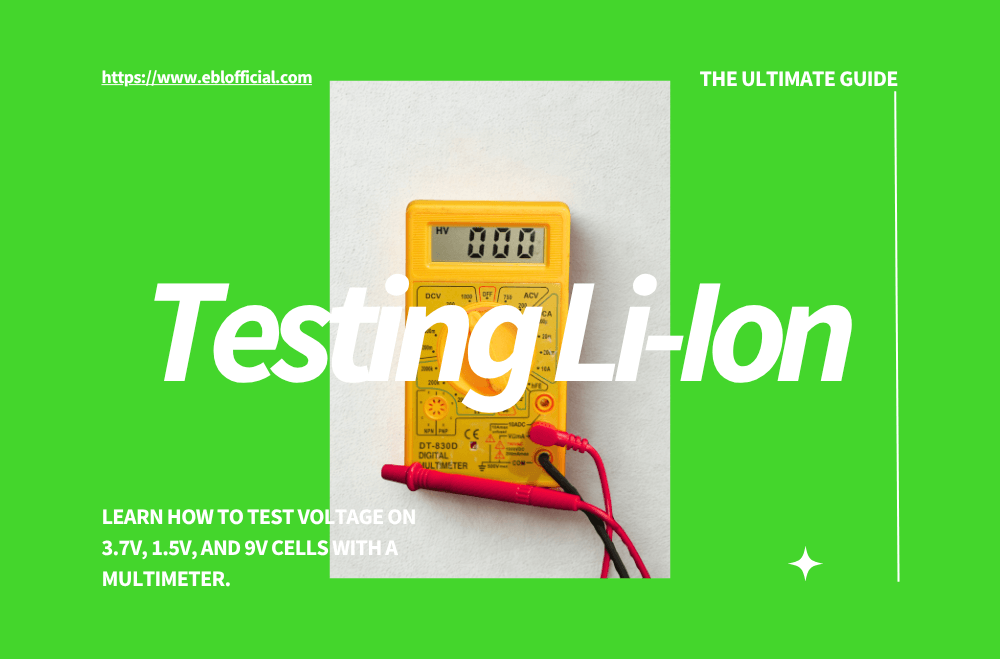

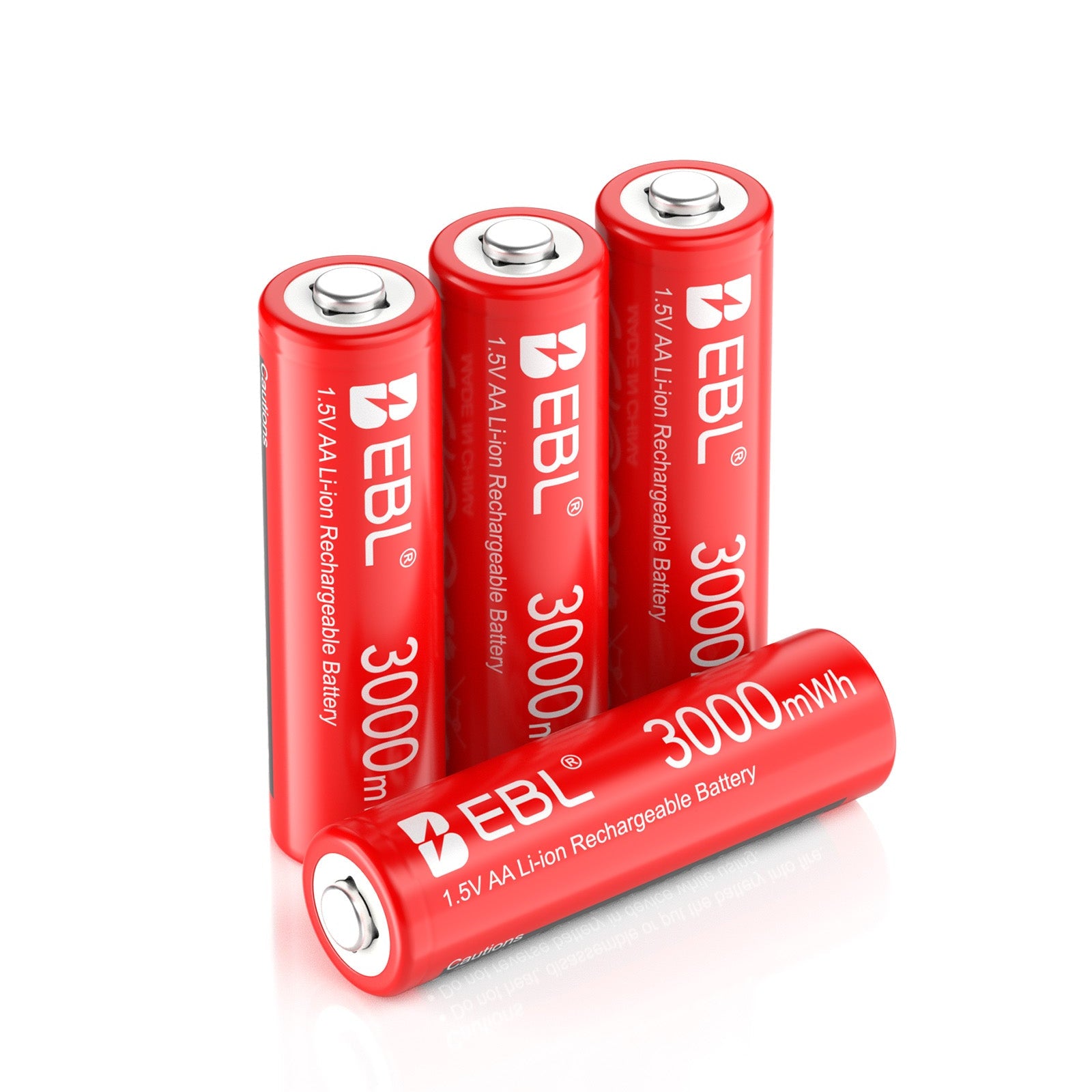
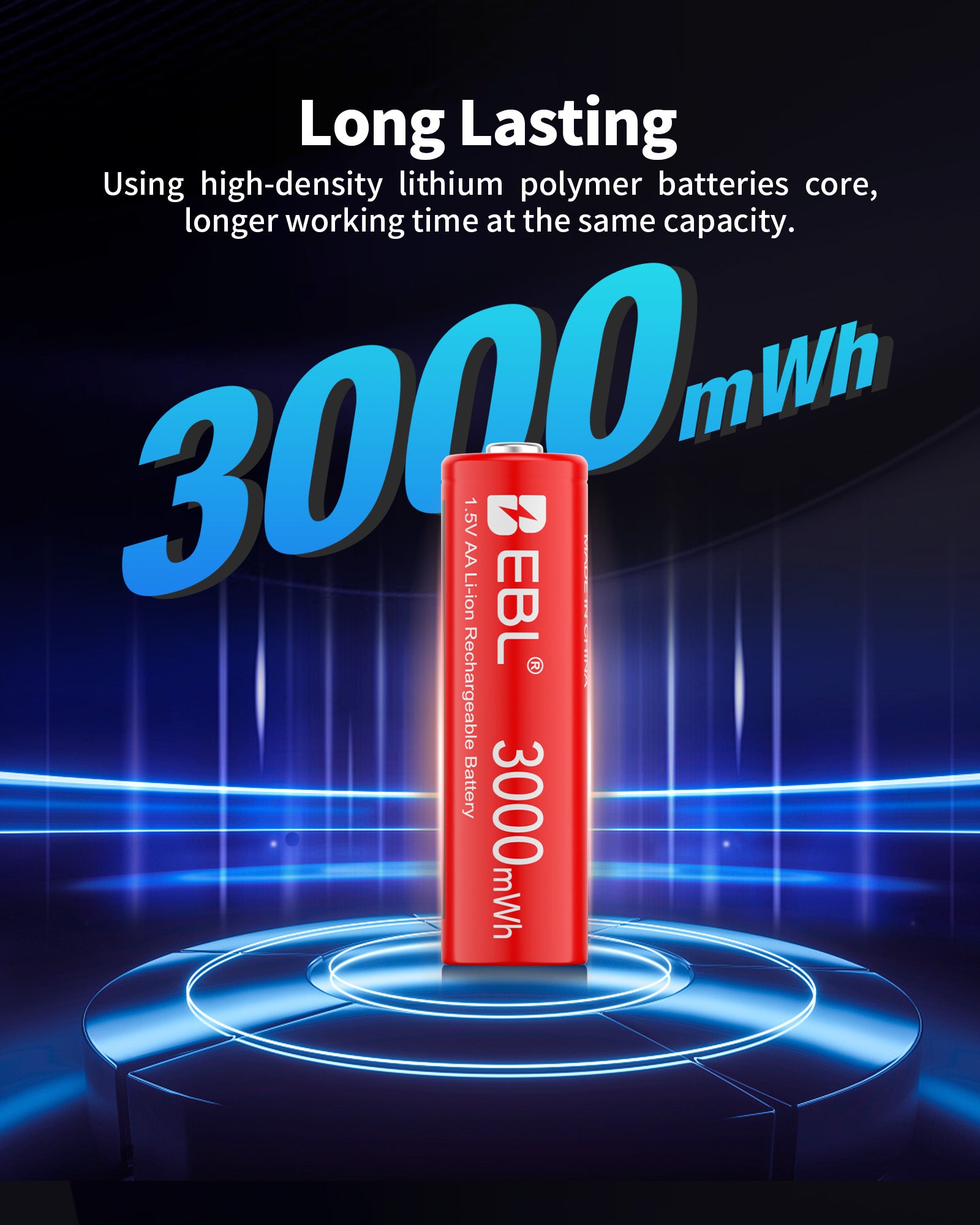
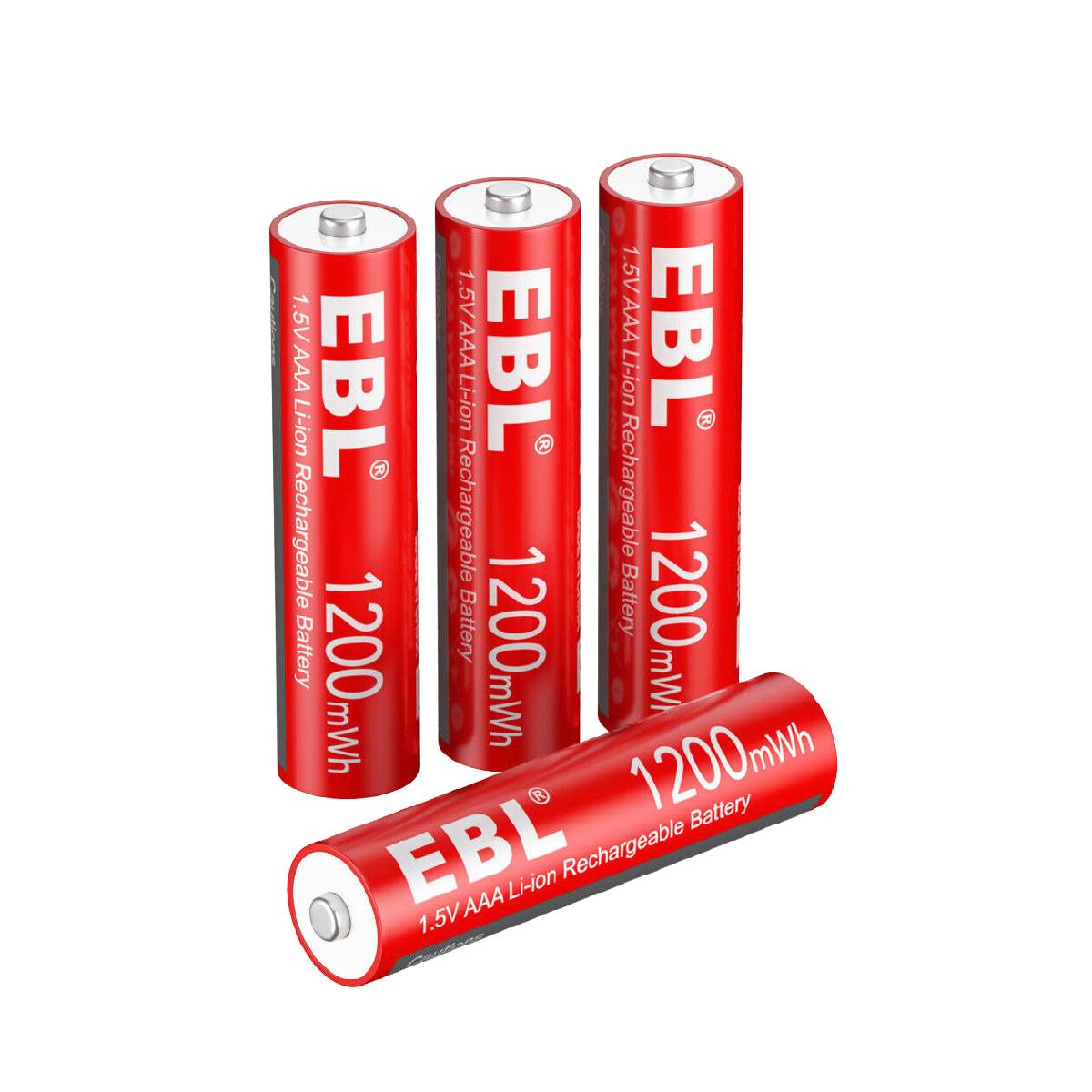
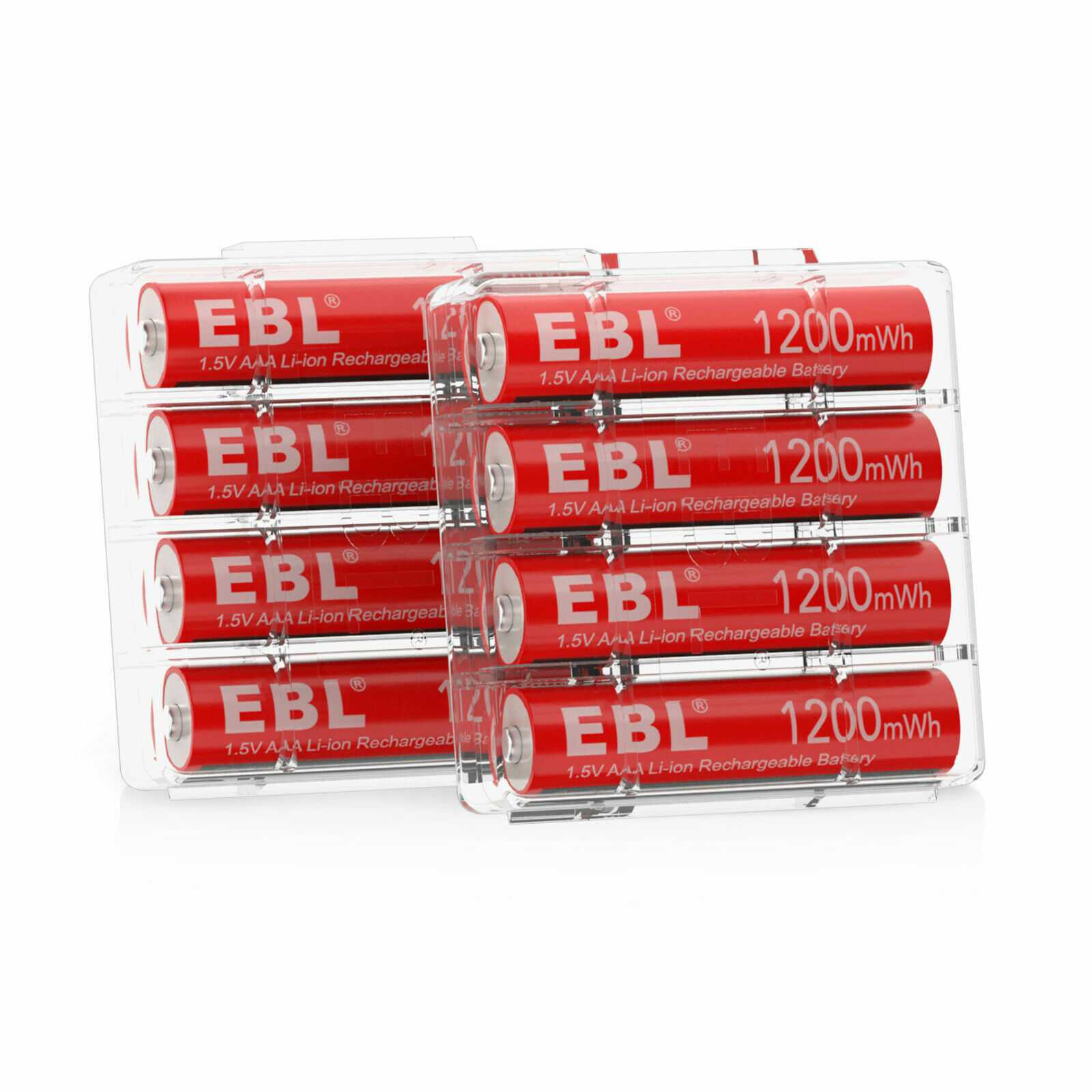
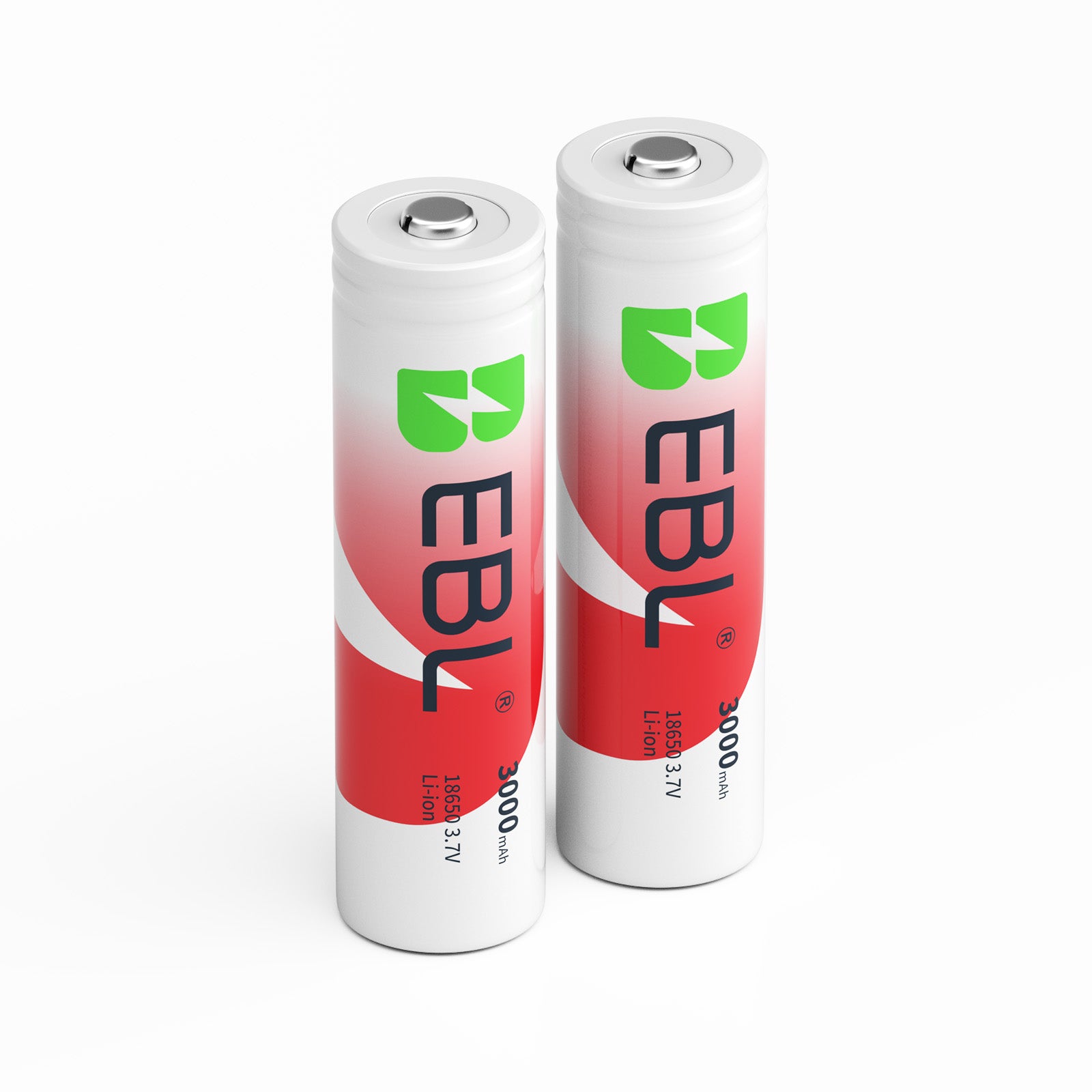
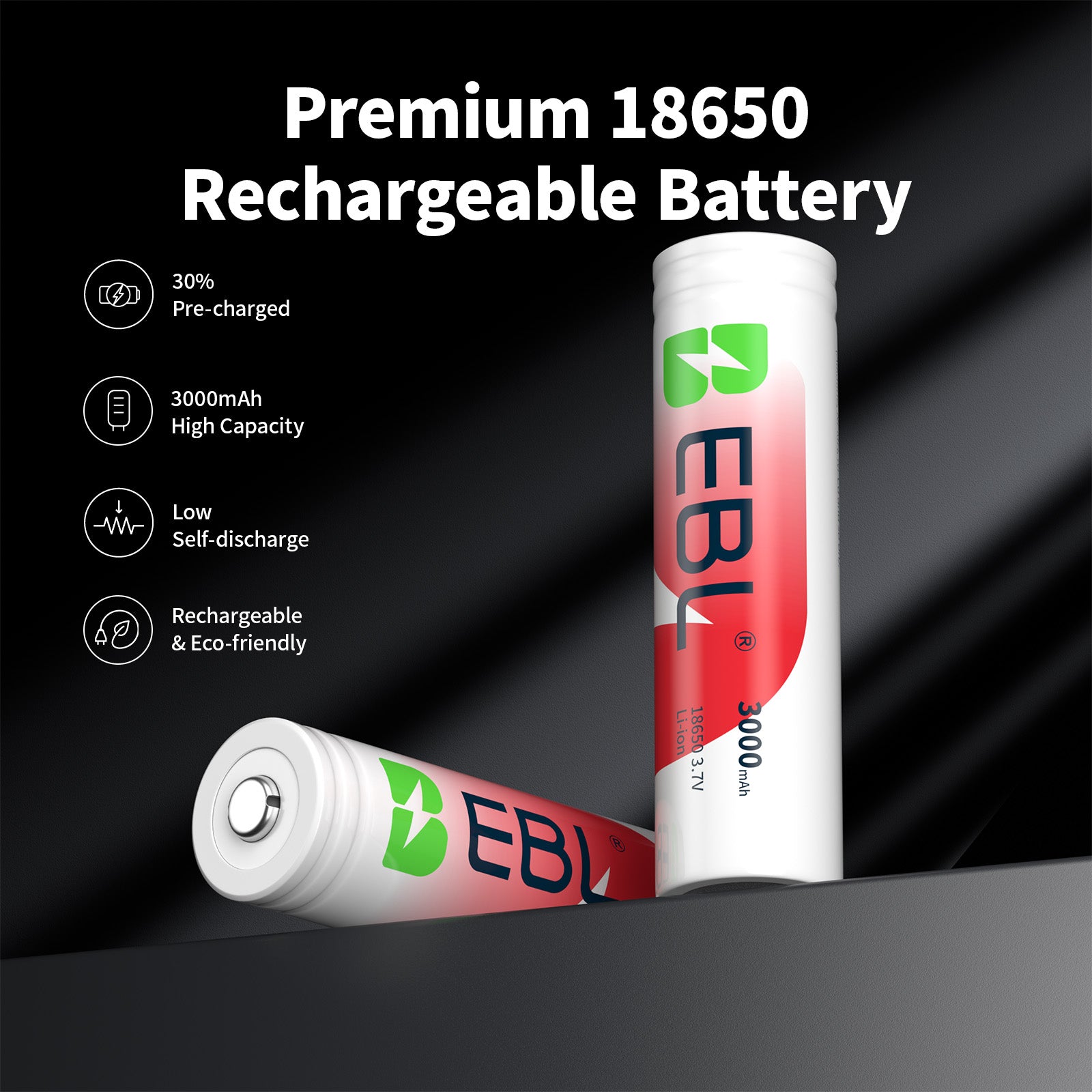
Dejar un comentario
Todos los comentarios se revisan antes de su publicación.
Este sitio está protegido por hCaptcha y se aplican la Política de privacidad de hCaptcha y los Términos del servicio.